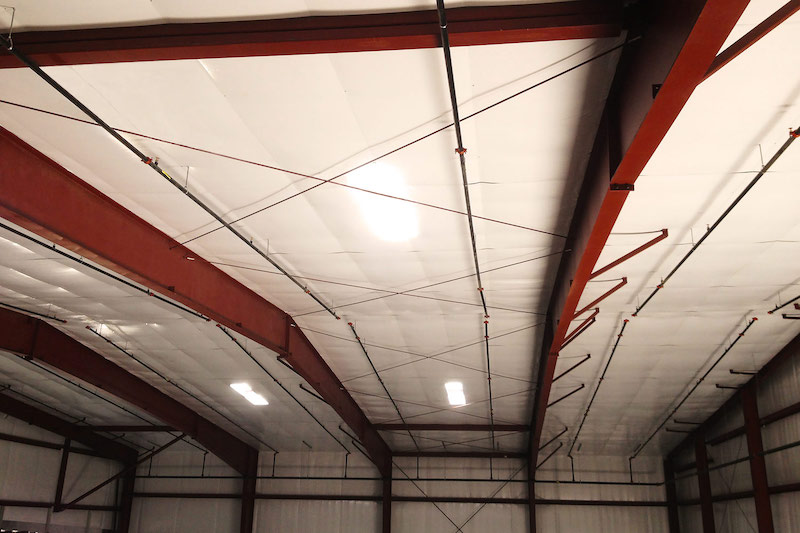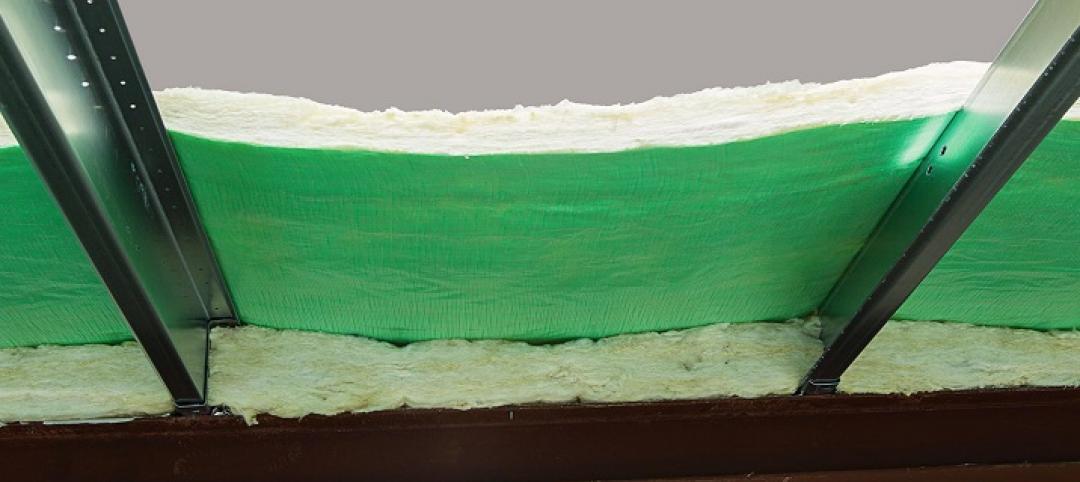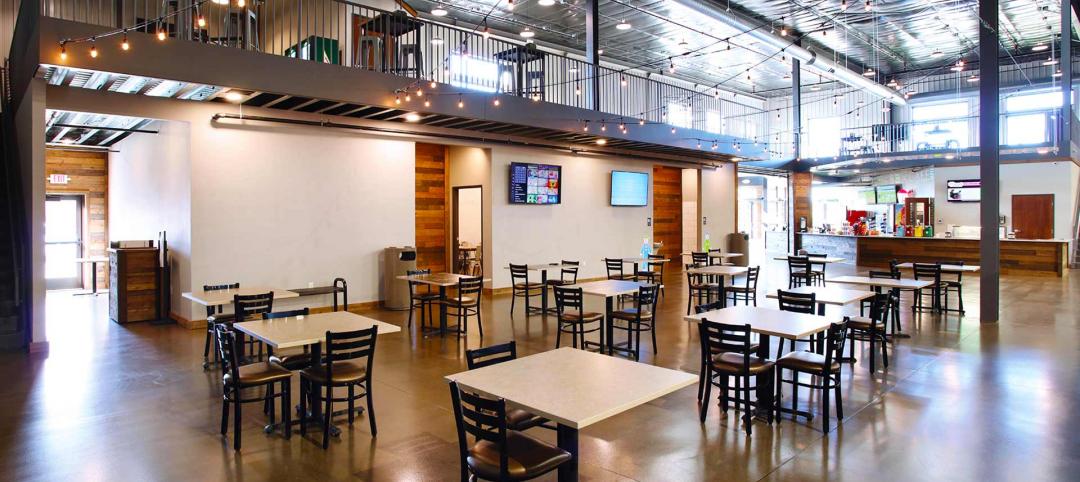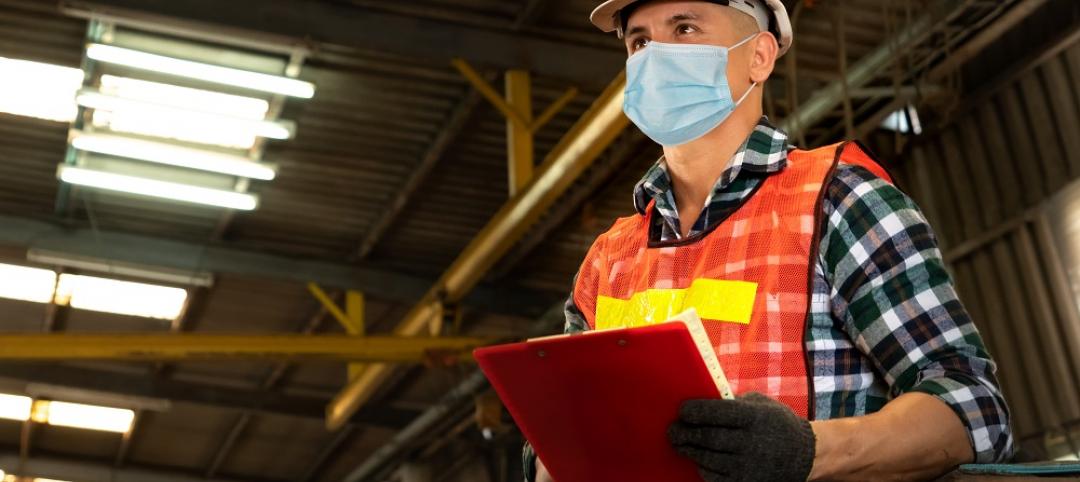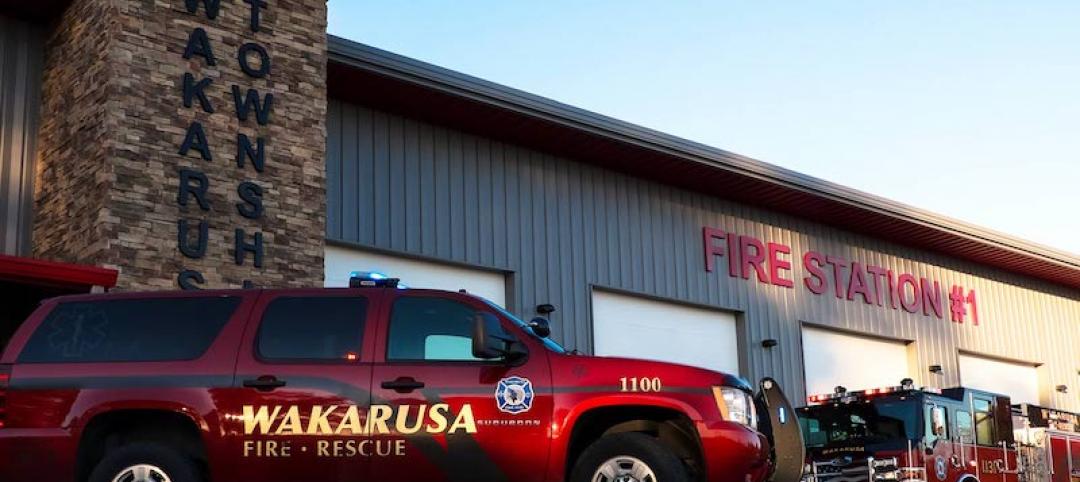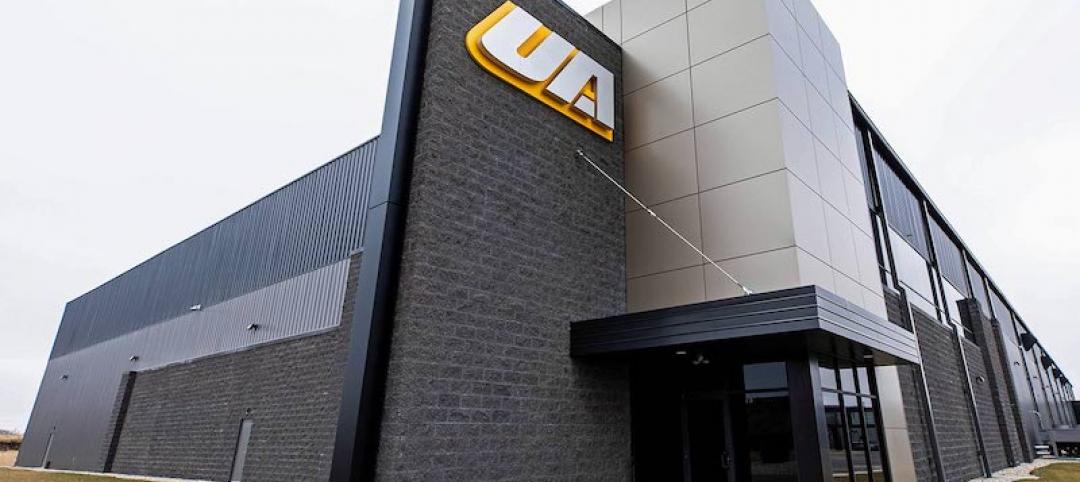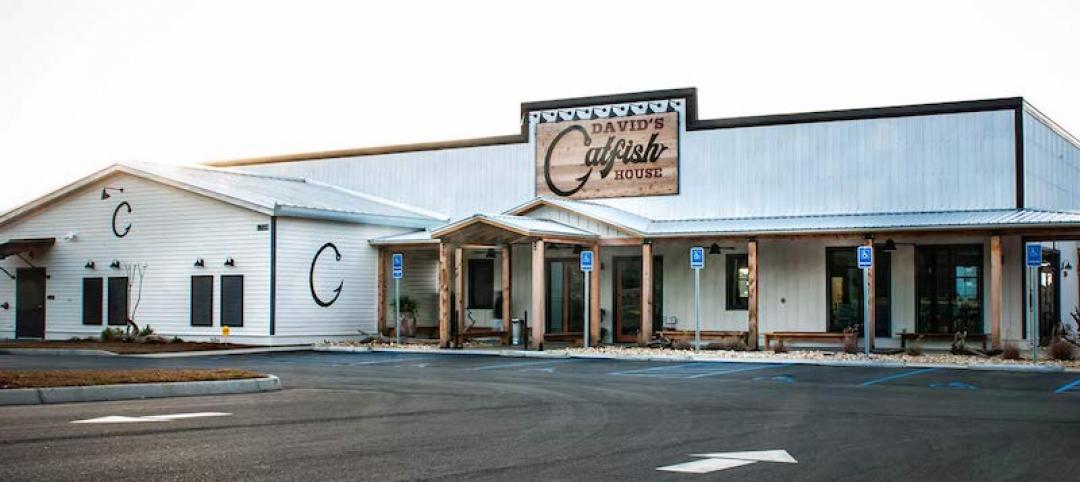2019 saw significant movement throughout the commercial energy code landscape. In addition to a large number of states adopting newer code cycles, we saw more interest than ever in the building envelope code requirements affecting projects throughout the country. With plenty of new changes on the horizon, let’s dive into the top building envelope code updates you need to know for the rest of the year.
Current Landscape
The majority of states have adopted IECC 2012/ASHRAE 90.1-2010 or beyond.
- 20 states have made IECC 2012 effective statewide
- 16 states have made IECC 2015 effective statewide
- 7 states have their own code or multiple jurisdictions
As of January 1, 2020, the following states have adopted new codes:
- West Virginia – IECC 2012/ASHRAE 90.1-2010
- New Hampshire IECC 2015/ASHRAE 90.1-2013
- Georgia – IECC 2015/ASHRAE 90.1-2013
Later this year, several states will adopt new codes or make updated requirements, such as:
- New York will adopt the NY 2020 Code, which is based off of IECC 2018/ASHRAE 90.1-2016, in May
- Washington will require an air blower test for all buildings effective July 1
This list is not exhaustive and plenty more updates are on the horizon. It’s important to remember to check with your local jurisdiction, as county-level adoptions often overrule the effective statewide code cycle.
IECC 2018 and ASHRAE 90.1-2016
Though ASHRAE 90.1-2019 has been published and is available on the ASHRAE website, the more common “recent” code cycle is IECC 2018/ASHRAE 90.1-2016; thus, the majority of this post will focus on IECC 2018/ASHRAE 90.1-2016. Depending on which code cycle your state/county has adopted, you may or may not see much of a jump in envelope efficiency requirements. Here are the highlights of the most recent code cycle, IECC 2018/ASHRAE 90.1-2016:
Energy Efficiency Up from Prior Code Cycle
IECC 2018/ASHRAE 90.1-2016 saw about a 2% increase in energy efficiency in commercial buildings from the prior code cycle, IECC 2015/ASHRAE 90.1-2013. It’s important to remember that total energy savings depends on the compliance path used; the prescriptive path, the performance path, and the trade-off method all yield a different outcome on overall energy savings. The performance path has become more popular for stretch codes and above code programs. This gets very difficult to demonstrate for the average design build contractor.

Air Barriers are Mandatory
The first mention of air barriers was in IECC 2009, and the IECC 2015/ASHRAE 90.1-13 made air barriers mandatory provisions. I continue to highlight this requirement in any code update, as many folks are surprised when air barriers are noted as mandatory. The air barrier must be located within the building’s thermal envelope. It can be placed on the interior side, exterior side, somewhere within assemblies composing the envelope, or any combination thereof. It is also mandatory to identify the air barrier in drawings and for it be continuous across joints and assemblies. Joints and seams must be sealed and securely installed. Penetrations and joints and seals associated with penetrations must be sealed in a manner compatible with construction material and location.
Skylights/Daylighting Required
3% of the roof area is still mandatory under IECC 2018/ASHRAE 90.1-2016. There are exemptions, but limited for buildings over 2,500 SF.
Notable Mention: Weather Resistive Barriers
Weather Resistive Barriers have become a focal topic throughout Oregon and Washington, with other states to inevitably follow. The ICC Structural Specialty Code (Chapter 14) highlights the weather resistive barrier requirement. Section 1402.2 “Weather Protection” notes:
“Exterior walls shall provide the building with a weather-resistant exterior wall envelope. The exterior wall envelope shall include flashing, as described in Section 104.4. The exterior wall envelope shall be designed and constructed in such a manner as to prevent the accumulation of water within the wall assembly by providing a water-resistive barrier behind the exterior veneer, as described in Section 1403.2, and a means for draining water that enters the assembly to the exterior. Protection against condensation in the exterior wall assembly shall be provided in accordance with Section 1404.3.
Exceptions:
- A weather-resistant exterior wall envelope shall not be required over concrete or masonry walls designed in accordance with Chapters 19 and 21, respectively.
- Compliance with the requirements for a means of drainage, and the requirements of Sections 1403.2 and 1404.4, shall not be required for an exterior wall envelope that has been demonstrated through testing to resist wind-driven rain, including joints, penetrations and intersections with dissimilar materials, in accordance with ASTM E331 under the following conditions:”
This section of the code pertains to walls, and building permits will not be issued without showing compliance. For metal buildings, testing or compliance with Section 1403.2 and 1404.3 is mandatory; compliance is not assumed, and therefore an option for testing per ASTM E331 must be demonstrated. All metal building wall panels (i.e. single skin and insulated metal panels) should be tested per ASTM E331. If this is done, you are exempt per section 2 above. There are also other exemptions, but metal buildings are not exempt and therefore need to address this section and their products. I have seen some testing per the above for some panels by a few manufacturers, but most are insulated metal panels.

Final Thoughts
In looking ahead at future cycles, no major changes are expected in the actual thermal envelope for commercial buildings. The mandatory provisions are the future cycle and will require actual blower door testing for air tightness. ASHRAE 901.-2019, which is published, contains this requirement. There are exemptions, but very limited. The primary reason for these provisions is simple: Energy savings. When a new building is constructed with the thermal envelope requirements, it’s not actually efficient if the building is leaking air and no natural light to offset energy consumption with lighting and mechanicals.
There are also other options that have been receiving attention lately, and which go beyond the codes outlined here, such as stretch codes and envelope commissioning. Stretch codes are current in some states and each town, city or jurisdiction would typically require and enforce compliance over the actual state code. These codes are generally written about 10% more energy efficient than the state code. Future stretch codes increases are projected to be around 20%-40%. Envelope commissioning options have several protocols and certification requirements during construction and through the completed design process. Once achieved, these building are certified to operate at a fixed cost on energy savings. The final goal is Net Zero for all buildings. Currently, residential and commercial buildings account for 40% of energy use in the U.S. (ase.org). Based on the overall state adoption of the new codes, the projected energy and carbon emissions savings are extensive, and carry the potential for a major impact on the future U.S. building landscape.
In summary, commercial energy codes have evolved quite a bit from their initial adoption years ago, and the landscape has become increasingly complex. The most recent code cycles carry more stringent building envelope performance requirements, which, ultimately, propel new innovations and lead to more energy-efficient buildings.
More from Author
Star Building Systems | Oct 13, 2020
Wakarusa Township fire station meets innovation
Kuehler worked in partnership with Lawrence, Kansas-based architectural firm Hernly Associates and together, they created a vision for the new, nearly 14,500-square-foot station.
Star Building Systems | Sep 22, 2020
Applying conventional construction to custom metal buildings
Star Building Systems eliminates a lot of the complexity and allows us to make enhancements with other components to add interest.
Star Building Systems | Sep 10, 2020
David's Catfish House
The building features a wrap-around wood-framed porch, that historically, has the look and feel of what people would consider a catfish house is supposed to look like.
Star Building Systems | Sep 2, 2020
A new look at value engineering
Allowing your expert material supplier to direct you as to how to get as close to that optimal price point as possible is value engineering—emphasis on “value.”

